Resolution 71 of the Politburo on breakthroughs in education and training development sets out the task of modernizing and upgrading higher education, creating breakthroughs in developing highly qualified human resources and talents, and leading research and innovation.
In which, arranging, restructuring and merging higher education institutions is one of the key solutions.
At the 2025 Higher Education Conference, Minister of Education and Training Nguyen Kim Son affirmed that this major restructuring of educational institutions is an order.
This is the opportunity, the time, the moment for higher education to make a breakthrough. "If we do not seize the opportunity, seize the power, it means we are at fault," the head of the education sector emphasized.
Before the revolution in university arrangement and merger, Dan Tri Newspaper organized a series of articles with the theme: "The great arrangement of universities: A strategic turning point for breakthrough development".
The series of articles is a panoramic picture of the orientation of arranging, restructuring and merging universities in Vietnam, in which leading experts will participate in debating and clarifying breakthrough development opportunities for higher education and challenges that need to be jointly resolved so that the higher education revolution can reach its destination in accordance with the spirit of Resolution 71.
Inadequacies from the old management model that has existed for decades
Recently, the proposal to transfer multi-disciplinary public higher education institutions (except for police and military schools) to the Ministry of Education and Training (MOET) has attracted great public attention. This issue was also raised 30-40 years ago.
Because Vietnamese higher education before the renovation followed the old Soviet model, the planning of higher education institutions was heavily influenced by the centralized administrative system, so schools were arranged to be under the direct control of many different ministries, branches and agencies.
Realizing that the old model gradually revealed many shortcomings, no longer able to meet the management tasks in the new situation when our country had emerged from wartime. Since the early 80s and 90s, the Council of Ministers (now the Government) has begun to have a policy of rearranging higher education institutions towards unified management under one focal point, the Ministry of Universities and Vocational Secondary Schools (now the Ministry of Education and Training).
This policy can be clearly seen through two documents: Resolution No. 73-HDBT dated April 22, 1983 of the Government on education work in the coming years and Decision No. 255-HDBT dated August 31, 1991 on the organization and arrangement of the network of schools in the national education system.


Students of National Economics University (Photo: NEU)
However, this policy has not been seriously implemented, and the situation of some schools remaining in their old ministries and branches is quite common. This problem was also mentioned by Deputy Prime Minister Nguyen Khanh at the National Conference of University and College Presidents in Hanoi in 1992 as follows:
"Our network of universities and colleges has been unreasonable for many years. The scale of each school is too small, most of them are single-disciplinary schools. The arrangement and construction of universities and colleges is heavily influenced by the administrative system, organization and operation of schools according to the Ministry, province and city.
The separation and isolation between schools greatly hinders the development of the potential of educational staff, limits the development of the capacity of existing facilities of schools, and makes it difficult for communication and connection between schools.
Everyone agrees on the need to reorganize the university and college network system, but it is clear that not much has been done to date, the network system has not changed compared to 3 years ago. This is a shortcoming of the education and training sector and also a shortcoming of the Council of Ministers.
Why is it so difficult to transfer management? It is due to the subsidized and centralized habits of the central planning period.
At that time, each department not only managed its own specialized field but was also fully responsible for activities related to that industry or field such as human resource training, budget allocation, production management, or even health care and welfare for workers in the industry...
Accordingly, ministries often have their own training systems that focus on training specialized skills and knowledge according to the direction of the ministry. After graduation, students are often assigned or mobilized to work in units under the ministry or in the fields managed by the ministry.
Therefore, when transferring school management from specialized ministries to the Ministry of Education and Training, difficulties arose due to old habits and indecision in implementing changes.
33 years later, the reorganization of the university network system has not yet been implemented.
In the context of the country's drastic implementation of the revolution to reorganize and streamline the apparatus, many opinions have proposed transferring public universities (except for the security and defense sectors) to the Ministry of Education and Training for management to ensure unity in state management.
To have a proper view of this new proposal, it is necessary to first clarify the content related to the issue of managing higher education institutions.
Here, management includes state management and direct management. State management applies to all educational institutions, both public and private, including main tasks such as developing and directing the implementation of strategies, plans, policies for educational development; regulating educational goals, programs, and content; national qualification framework; mobilizing, managing, and using resources to develop the educational career; inspecting and checking compliance with educational laws...
The 2019 Education Law stipulates that the Government unifies state management of education.
The Ministry of Education and Training is responsible to the Government for implementing state management of preschool education, general education, university education, junior college education, junior college education and continuing education.
Other ministries, branches and People's Committees at all levels shall perform state management of education according to the Government's decentralization, within the scope of their tasks and powers.
Meanwhile, direct management only applies to public schools, through the direct management agency, which we previously called the governing body. The governing body is responsible for directly managing the affiliated schools on issues such as strategic development orientation, organization, personnel (such as appointing principals), finance, investment in school facilities... The seeds leading to the "ask - give" mechanism in management also originate from here.
For a long time, higher education institutions in our country have been scattered in different ministries, branches and localities. The separation of state management of professional matters from human resources and financial management has reduced the unity in direction and management of the entire national education system and made the education management apparatus cumbersome and heavy.
And as shared, our State has seen the shortcomings from the very beginning, but due to obstacles from the grassroots level, the governing ministries (direct management agencies), so up to now it has not been possible to implement unified management.
The right time to reconsider the issue of university management
To carry out the transfer of higher education institutions to the Ministry of Education and Training, we need strong institutional changes.
Resolution 18-NQ/TW clearly stated the viewpoint: "Implement the principle that one agency performs many tasks and one task is assigned to only one agency to preside over and take primary responsibility." Thus, only the Ministry of Education and Training is responsible for managing the education system in general. Other ministries and sectors need to focus on managing their own specialized fields, avoiding "taking on" too many tasks and leading to overlapping management between ministries and sectors.
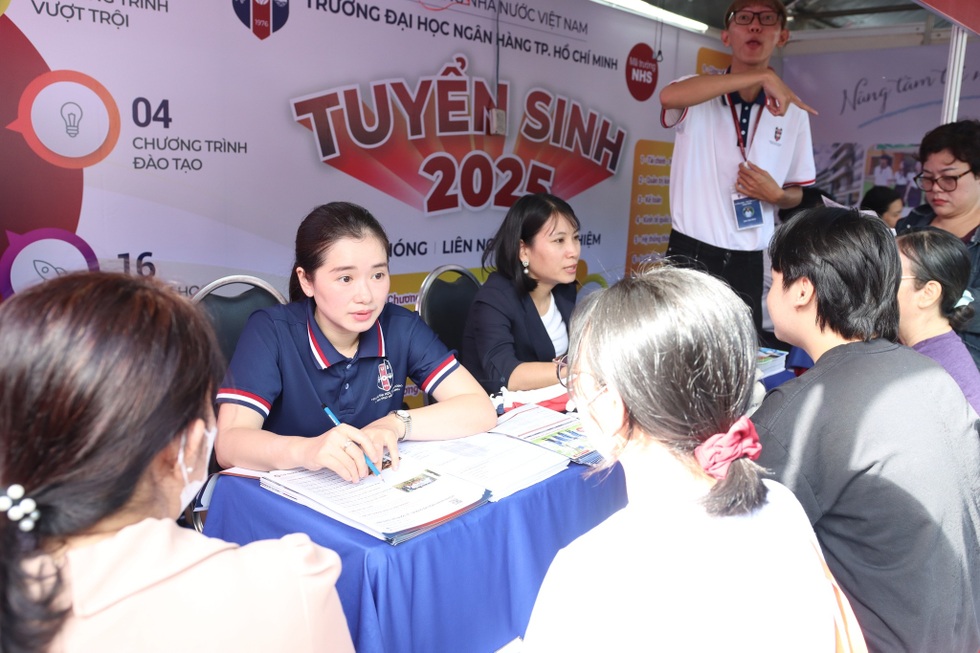
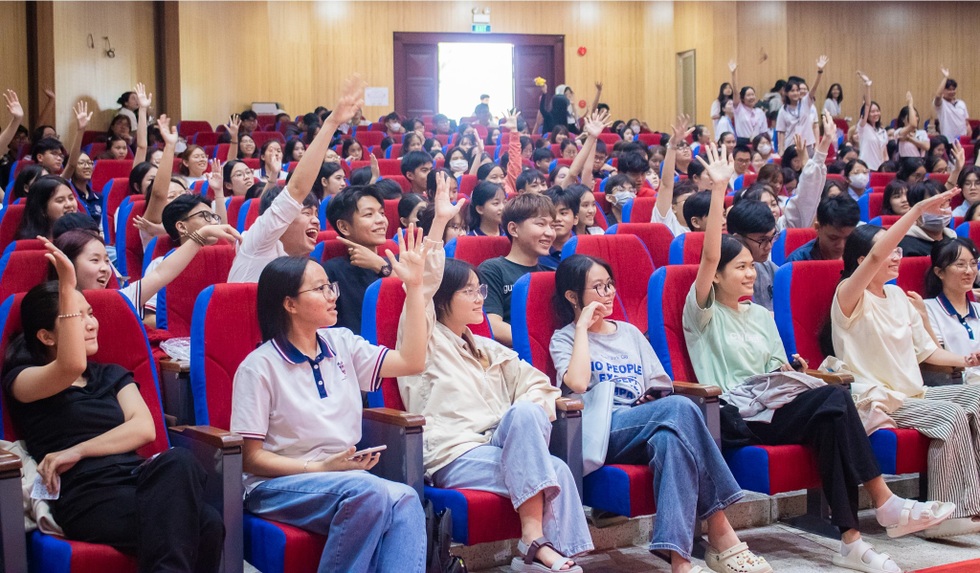
This clear division of tasks also eliminates the situation of “passing the buck” between ministries and branches. Once they give up the function of managing higher education institutions, those ministries and branches must also give up the right to provide budgets for higher education institutions as well as their ownership of land, facilities, etc. of those schools. As long as other ministries and branches still have the right to provide budgets for higher education institutions, the schools still have a reason to “cling” to them.
In order for the Ministry of Education and Training to unify its role in state management of education, the National Assembly must first remove Clause 3 and Clause 4, Article 105 of the 2019 Education Law, which means removing the role of state management of education from the Ministry of Labor, War Invalids and Social Affairs (old) and other ministries and ministerial-level agencies. At this time, the Ministry of Education and Training will truly play the sole representative role responsible to the Government for state management of education.
As for the People's Committees at all levels, they still maintain the implementation of state management of education according to the Government's decentralization, within the scope of their tasks and powers.
Here, it is necessary to clarify the difference in functions between ministries, ministerial-level agencies (central) and provincial (local) People's Committees. Ministries and ministerial-level agencies are members of the Government, and in the Government, one task is assigned to only one ministry - that is, each ministry is responsible for managing a specialized field nationwide.
Meanwhile, the Provincial People's Committee is a local state administrative agency, acting as a "local government". The People's Committee performs state management in all areas such as economy, culture, society, security, defense... in the locality.
Thus, the assignment of state management of education to the Provincial People's Committee demonstrates decentralization and delegation of power to localities. This is also consistent with the direction of Prime Minister Pham Minh Chinh at the meeting of the National Committee for Education and Training Innovation in early November 2024, which is: "Promoting decentralization and delegation of power to localities and educational and training institutions to create space for creativity; enhancing the autonomy of localities with the spirit of local decision, local action, local responsibility".
Local universities were established to create more equality in higher education, creating favorable conditions for regions with different levels of socio-economic development, especially in localities with slow socio-economic development. This is a very good model that needs to be maintained and promoted.
In that spirit, the trend of merging local higher education institutions into branches or member schools of key universities (under the Central Government) as has happened in recent times is completely contrary to the recent guiding views of the Party and State.
In the context of a multi-sector economy, for favorable development, local schools should be organized according to the model of universities and community colleges that are very popular in the world today.
Is the apparatus overloaded when concentrating too many schools under the Ministry of Education and Training?
If the above proposal is approved, the number of higher education institutions managed by the Ministry of Education and Training will increase significantly. However, this is not too difficult a problem, because with the trend of university autonomy, in the near future the Ministry of Education and Training will only play a state management role, through building higher education strategies, issuing policies and standards for higher education, planning budget allocation for schools and monitoring schools for compliance with the law.
At this time, higher education institutions will be completely "unleashed" from the governing mechanism, and given full autonomy in academic, organizational, personnel and financial aspects for development.
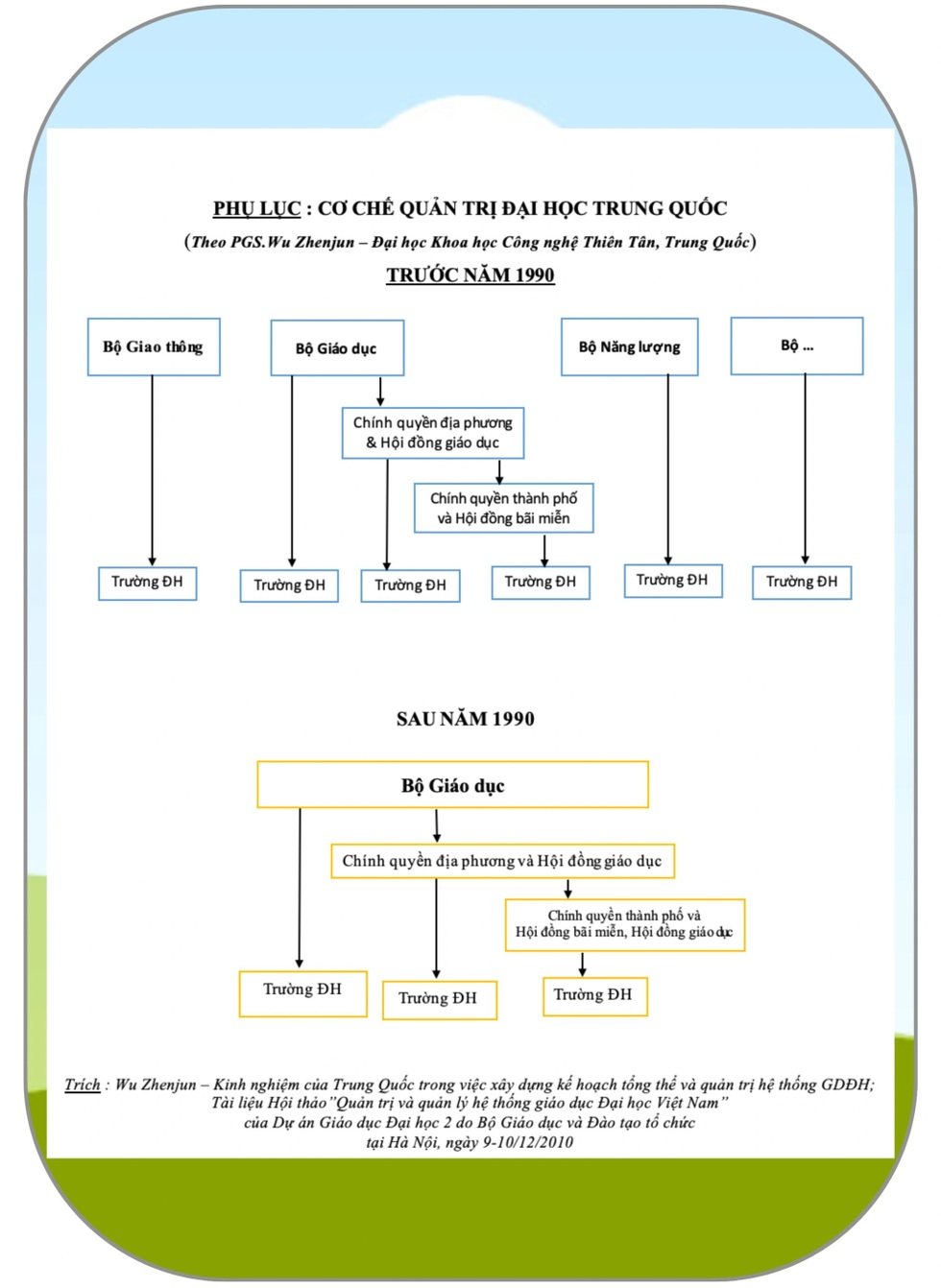
Chinese university governance mechanism before and after 1990
Based on the above-mentioned bases, I recommend that the State synchronously implement solutions: accelerate the process of granting autonomy to qualified higher education institutions; promote decentralization and delegation of authority to localities in management and investment in education; form school units at the intermediate level (such as corporations and school systems) with sufficient autonomy to manage and directly support schools that do not have sufficient autonomy; include in the Law on Education the responsibility of the social community in participating in supporting and contributing to the operation of the education system; encourage the formation of linked school clusters in the same locality to promote combined strength.
If this can be done, the completed apparatus of the Ministry of Education and Training will only have Departments performing state management functions, which will allow for the maximum streamlining of the Ministry's staff as directed by the current General Secretary.
The important thing is to firmly transfer public schools to the Ministry of Education and Training, there is no other special feature except for military and police schools. As long as a ministry considers their field as special and keeps the university, other ministries can do the same.
And then what Deputy Prime Minister Nguyen Khanh said in 1992 will repeat itself, that everyone agrees, everyone sees the need to reorganize the university and college network system..., but until today not much has been done, the network system has not changed compared to... 30 years ago!
Only when public schools are under a single management unit, the Ministry of Education and Training, can the arrangement and merger be carried out successfully.
Dr. Le Viet Khuyen
Vice President of the Association of Vietnamese Universities and Colleges,
Former Deputy Director of the Department of Higher Education, Ministry of Education and Training
Source: https://dantri.com.vn/giao-duc/sap-xep-dai-hoc-can-kien-quyet-chuyen-cac-truong-cong-lap-ve-bo-gddt-20251004233915285.htm







![[Photo] Cat Ba - Green island paradise](/_next/image?url=https%3A%2F%2Fvphoto.vietnam.vn%2Fthumb%2F1200x675%2Fvietnam%2Fresource%2FIMAGE%2F2025%2F12%2F04%2F1764821844074_ndo_br_1-dcbthienduongxanh638-jpg.webp&w=3840&q=75)


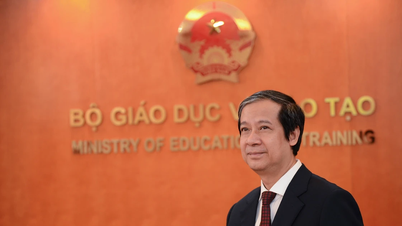
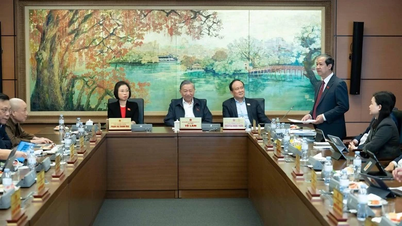
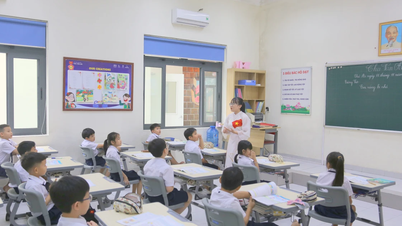
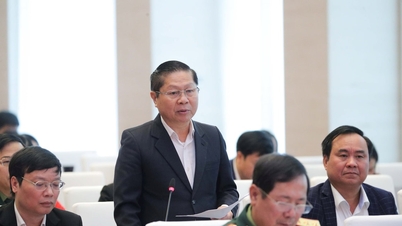






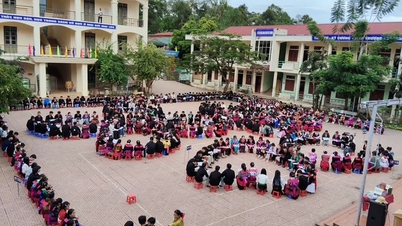
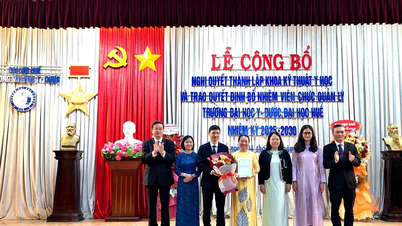
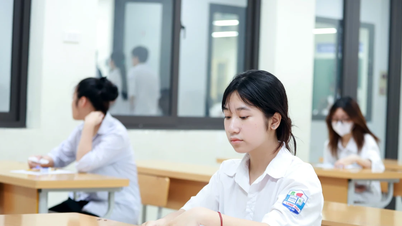
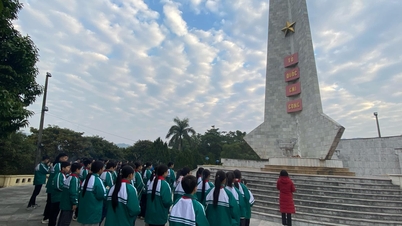





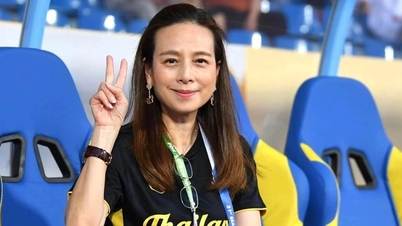


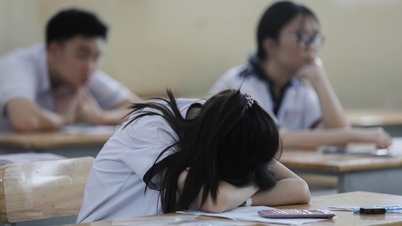




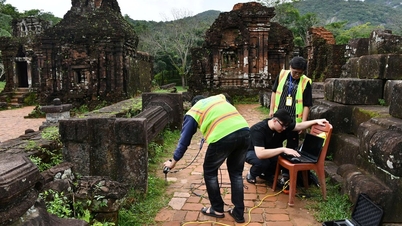

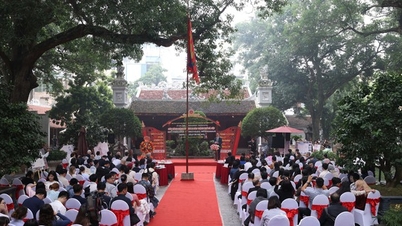






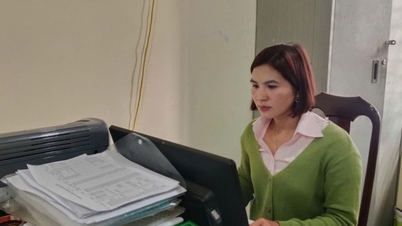

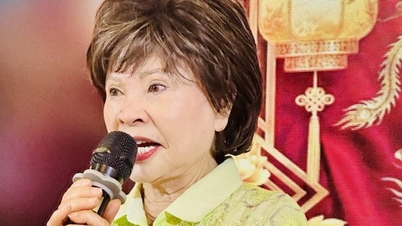



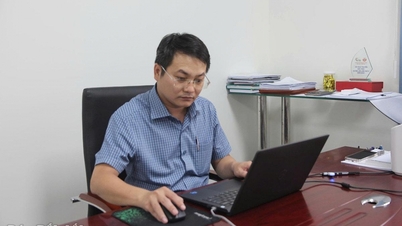





![[VIMC 40 days of lightning speed] Hai Phong Port determined to break through, reaching the target of 2 million TEUs by 2025](https://vphoto.vietnam.vn/thumb/402x226/vietnam/resource/IMAGE/2025/12/04/1764816441820_chp_4-12-25.jpeg)













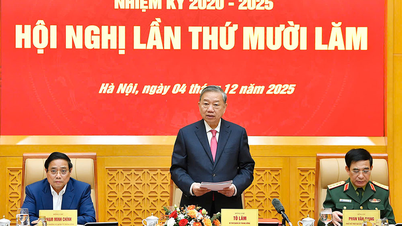



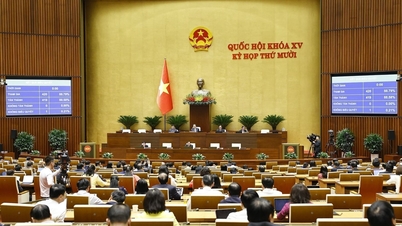

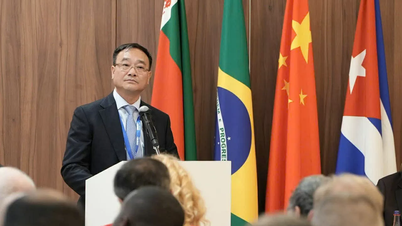

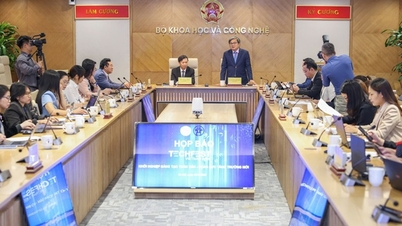



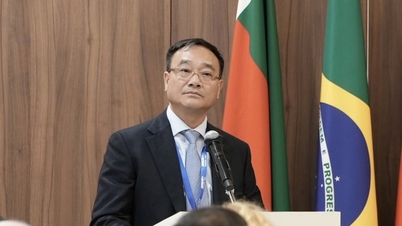

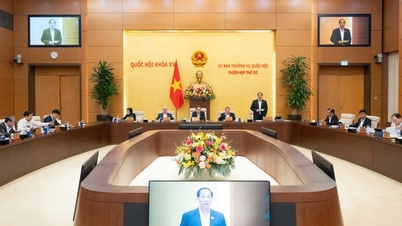

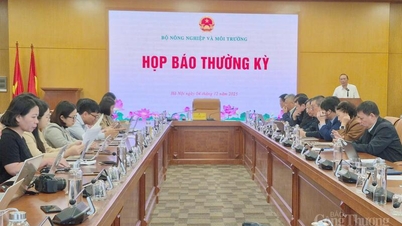
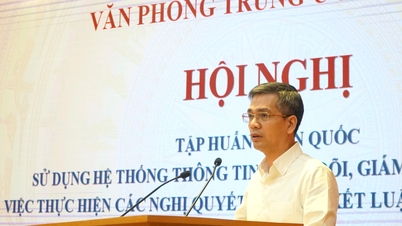




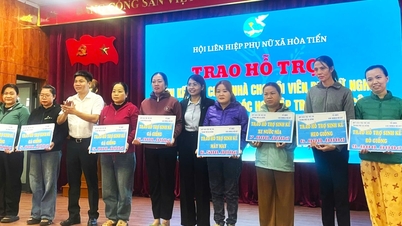

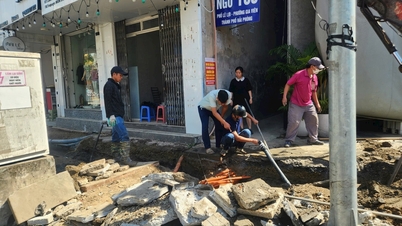


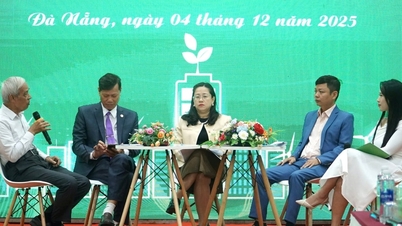















Comment (0)